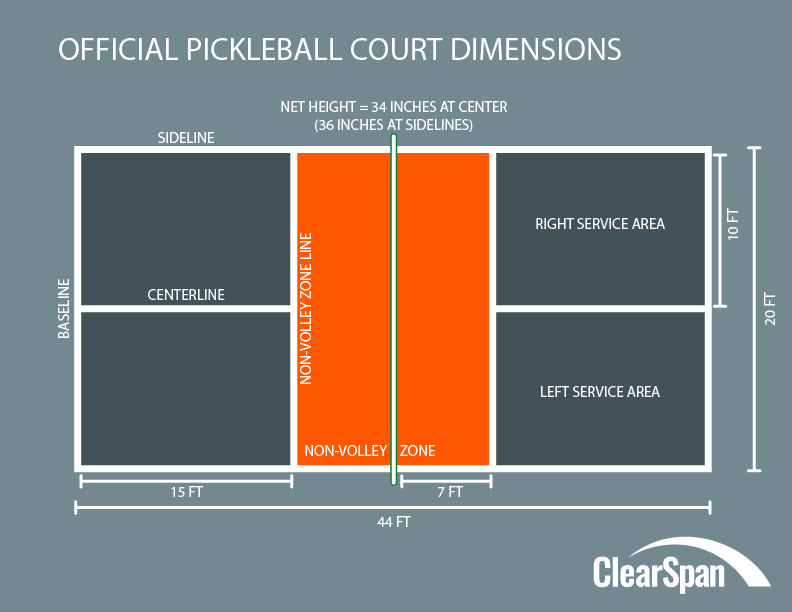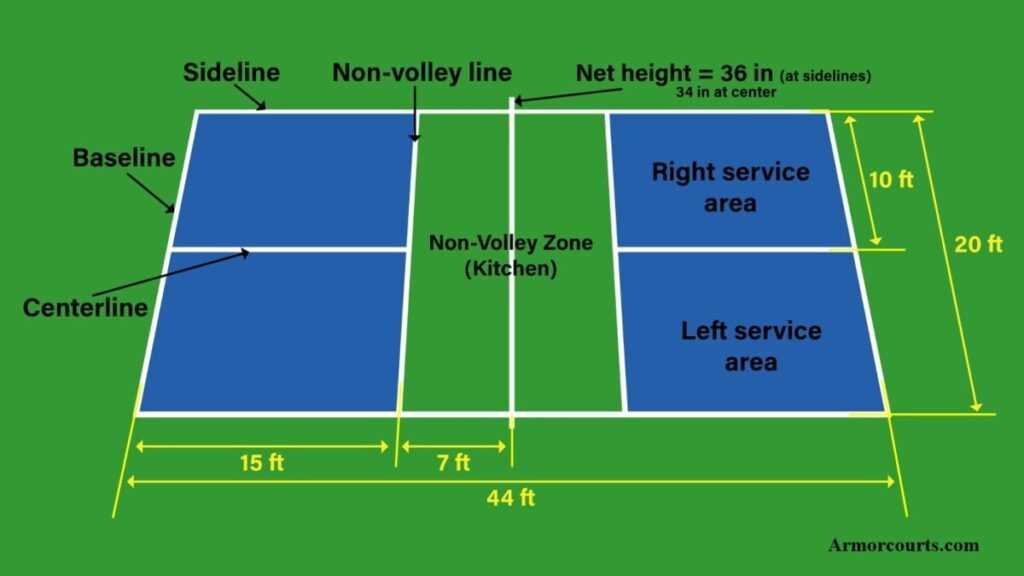The Leading Pickleball Judiciaries Style & Building Experts in Illinois and Midwest
The Leading Pickleball Judiciaries Style & Building Experts in Illinois and Midwest
Blog Article
Trick Factors in the Building And Construction of Pickleball Courts: From Website Option to Final Surfaces
The building and construction of pickleball courts incorporates a series of essential elements, beginning with the selection of a suitable site that balances accessibility with environmental factors to consider. Essential components such as court dimensions, surface products, and drainage systems dramatically impact not only the high quality of play however additionally the longevity of the center. In addition, attention to lighting and finishing touches can elevate the overall experience for players and viewers alike. Recognizing exactly how each of these components interrelates might expose insights that are frequently neglected, prompting a more detailed exam of best methods in court construction.
Site Selection Criteria
When embarking on the building and construction of pickleball courts, it is vital to pin down the website selection requirements that will certainly guarantee optimum playability and ease of access. The place must be quickly reachable for players, ideally situated near suburbs or recreation center, to urge engagement.
In addition, the terrain should be degree and steady, as unequal ground can lead to security threats and impact gameplay. Adequate water drainage is additionally important; selecting a website with great water overflow will certainly aid keep court problems during negative weather condition.
An additional vital consideration is the schedule of utilities. Access to electricity and water is essential for lighting and maintenance objectives. Additionally, distance to vehicle parking centers is crucial, assisting in easy gain access to for players and spectators alike.
Ecological aspects can not be neglected; natural shade from trees can boost player convenience, while direct exposure to prevailing winds may interfere with play. Zoning regulations and neighborhood assistance must be taken into consideration to make certain that the job straightens with neighborhood standards and gets the backing it needs for effective application. By meticulously reviewing these criteria, stakeholders can develop an inviting and practical setting for pickleball lovers.
Court Dimensions and Design
To make certain optimum gameplay and adherence to guidelines, the dimensions and format of pickleball courts have to be very carefully specified. A standard pickleball court determines 20 feet in size and 44 feet in length for both singles and doubles play. The advised format consists of a non-volley zone, generally referred to as the "cooking area," extending 7 feet from the internet on either side. This location is critical, as it affects player positioning and shot selection - Illinois and midwest.
The internet elevation is established at 36 inches at the sidelines and 34 inches at the facility, producing a minor dip that affects sphere trajectory. Court markings are equally vital; lines should be 2 inches wide and distinct in color to make certain exposure.
Furthermore, a buffer area bordering the court is recommended, generally extending 5 to 10 feet past the sidelines address and standards to fit gamers' motions and boost security. Appropriate design and dimensions not only make certain compliance with main guidelines yet likewise enhance the total having fun experience, fitting both recreational and competitive play. Cautious planning in these locations is critical to the successful building of pickleball courts.
Surface Area Product Options
Selecting the appropriate surface area product for pickleball courts is essential for ensuring optimal player performance and security. The option of surface area can significantly impact gameplay, including round bounce, traction, and player comfort.
There are numerous alternatives readily available, each with its unique qualities. Asphalt is a popular choice because of its sturdiness and low upkeep needs. It gives a strong having fun surface area that can hold up against numerous weather condition conditions however might require routine resurfacing.
Concrete is another extensively utilized material, offering excellent longevity and a smooth coating. It enables constant sphere bounce yet can be difficult on gamers' joints, making it less desirable for long-lasting play without correct cushioning.
For those looking for boosted comfort and shock absorption, supported acrylic surface areas present a sensible choice. These surfaces incorporate a base layer with an acrylic overcoat, offering enhanced grip and a softer feel, which is useful for minimizing the risk of injuries.
Lastly, synthetic grass is acquiring traction, especially for multi-purpose centers. Its adaptability and reduced maintenance needs make it an attractive alternative, though it may not provide the very same round reaction as conventional tough courts. Careful factor to consider of these choices will certainly make sure an optimal playing environment.
Drainage and Lights Factors To Consider
Correct drain and effective lighting are essential components in the building of pickleball courts, considerably influencing both playability and safety. Sufficient water drainage systems stop water buildup, which can cause slippery surface areas and damages to the court framework. A well-designed water drainage plan includes sloped surface areas and ideal products to promote water stream away from the playing area - Illinois and midwest. This not only preserves the honesty of the court but additionally decreases downtime due to poor weather.
Lights is similarly crucial, especially for courts meant for evening usage. Appropriate lighting enhances presence, making certain that players can see the sphere plainly and reducing the threat of accidents. The positioning of lighting components should be strategically prepared to eliminate shadows and give even distribution of light throughout the court. LED lights are suggested for their energy performance and long life, supplying bright lighting while reducing functional costs.

Last Finishes and Maintenance
After resolving drain and lights factors to consider, attention transforms to the final surfaces and continuous upkeep of pickleball courts. Common options include acrylic coverings and specialized sporting activities surfaces that why not try these out provide ideal grip and padding.

Seasonal upkeep may include resurfacing every few years, depending on usage and environmental aspects. Effectively keeping internet, court lines, and surrounding areas is equally important to provide a risk-free and enjoyable playing experience. By purchasing top quality coatings and adhering to a structured upkeep timetable, facility proprietors can ensure their pickleball courts stay in superb problem for many years to find.
Conclusion
In verdict, the effective building of pickleball courts depends upon careful interest to numerous essential elements. Site option ought to focus on ease of access Read Full Report and terrain security, while court dimensions and format should stick to ideal criteria for gameplay. The option of surface product substantially affects player security and efficiency. Reliable water drainage and ample illumination contribute to court durability and exposure. Quality surfaces and a robust upkeep schedule are necessary for protecting the court's problem, enhancing the overall experience for gamers and viewers alike.
Report this page